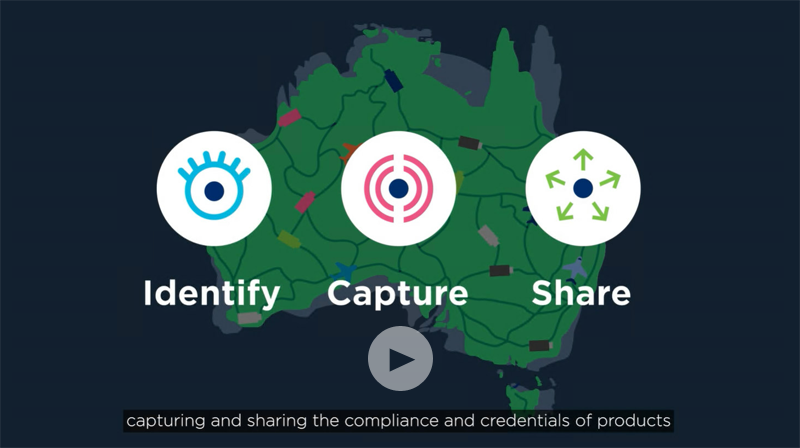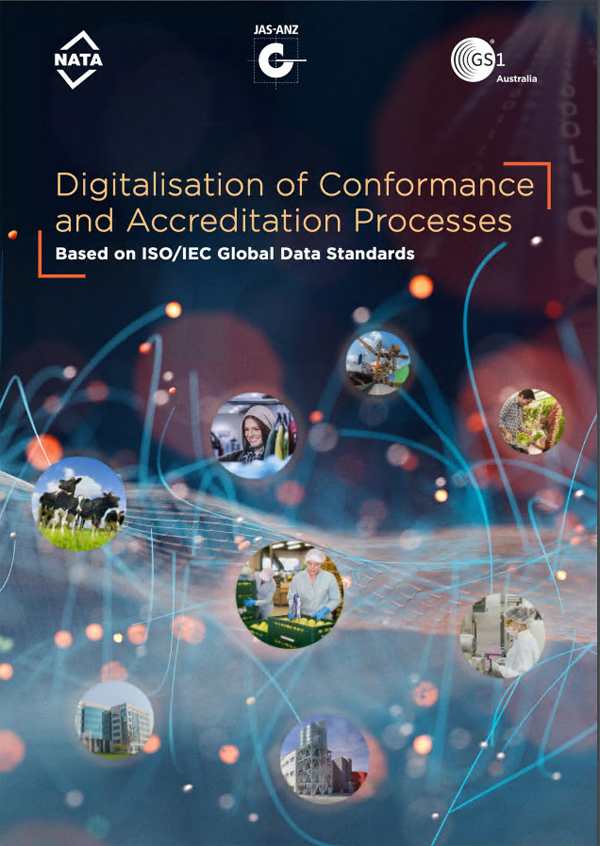
A collaboration between NATA, JAS-ANZ and GS1 Australia has produced a ground-breaking new report for industry and government. The report has given rigorous attention to the question of the digital future of conformity assessment.
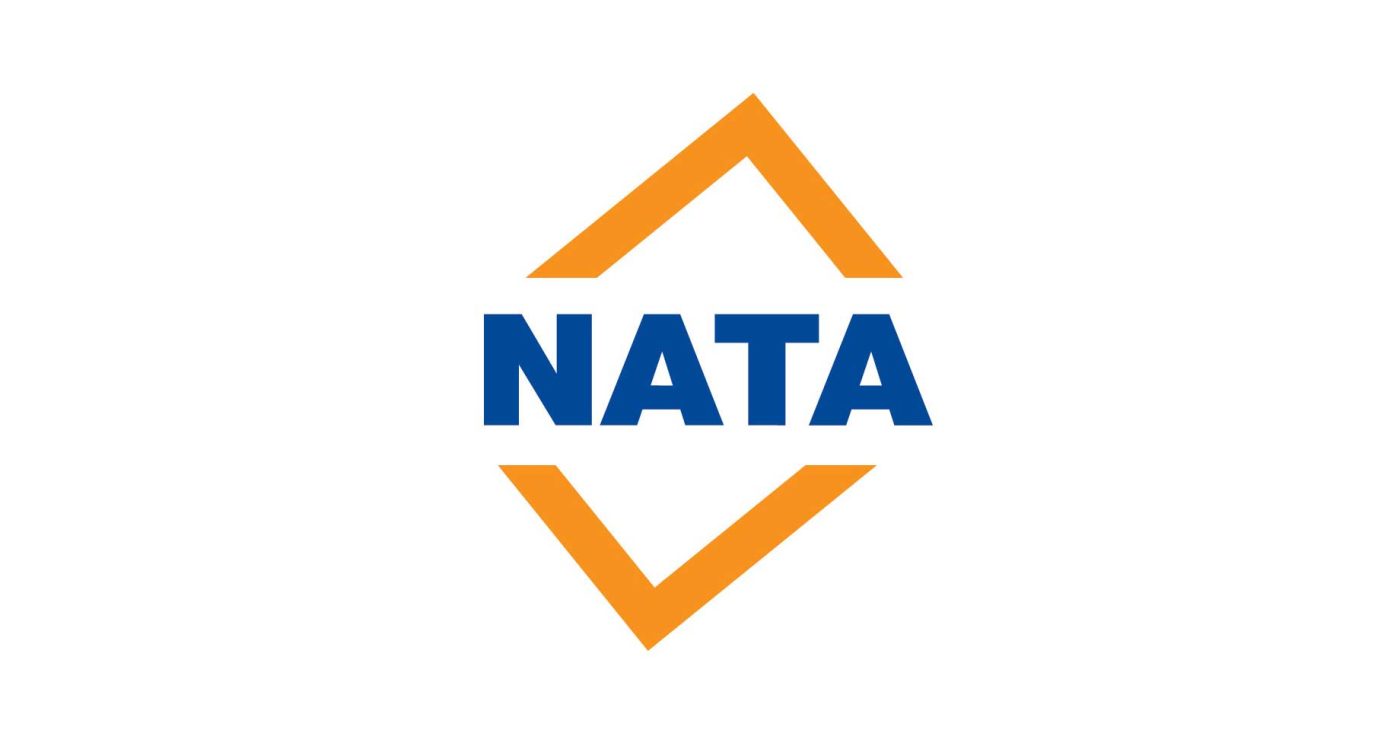
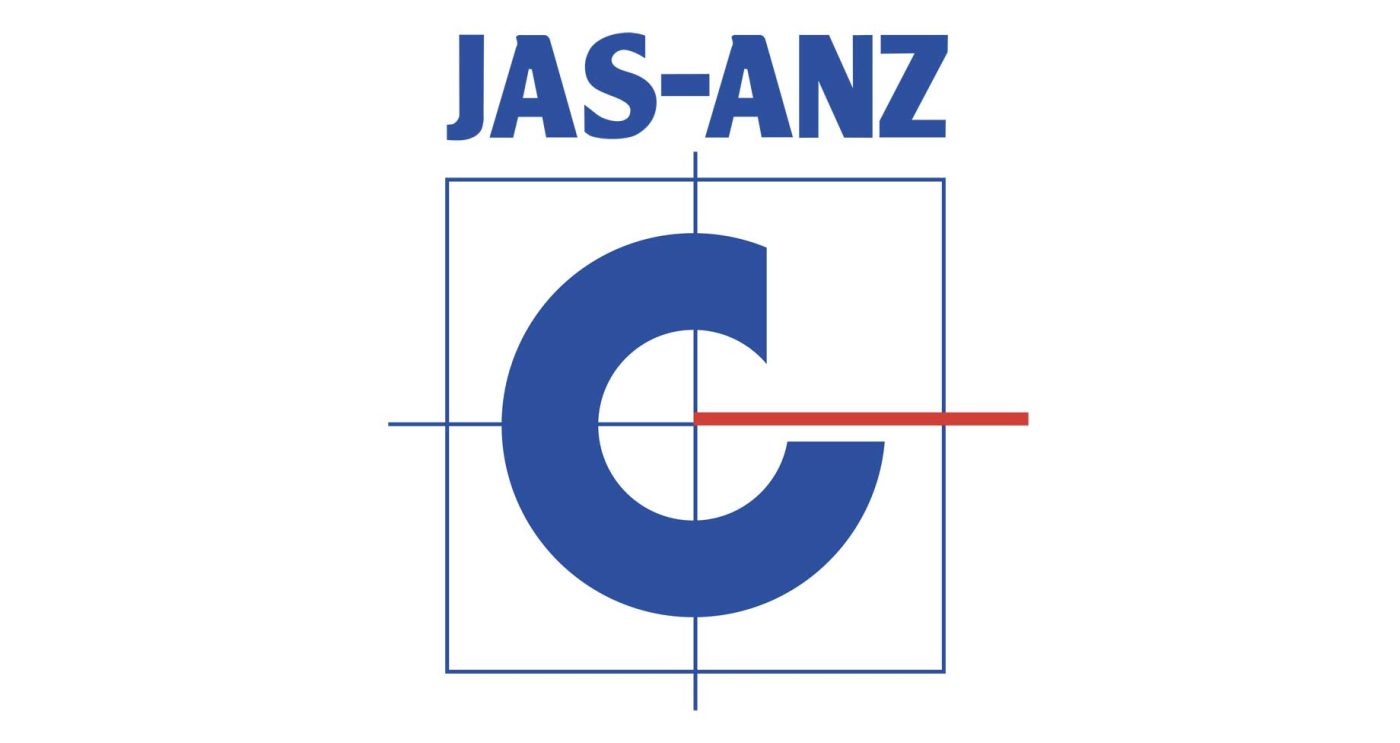
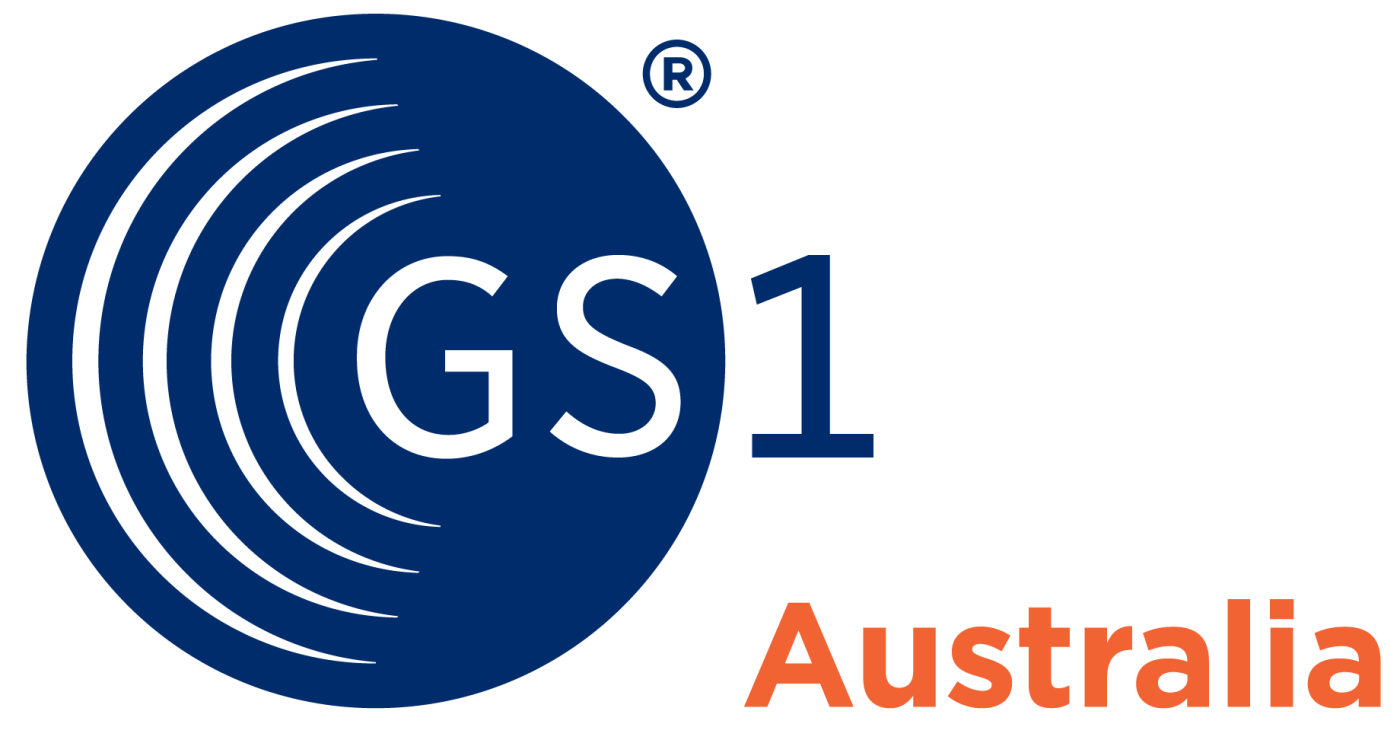
NATA is proud to be involved in this vital work. Australian businesses stand to benefit from the confidence and transparency of product conformity information delivered by these innovative systems.
Jennifer Evans, Chief Executive Officer, NATA
JAS-ANZ sees enormous value in bringing conformity information that is the foundation of trust and confidence in trade into an open and inter-operable digital environment.
James Galloway, Chief Executive Officer, JAS-ANZ
GS1 is committed to this process. Having trust in traded products is foundational for efficient commerce. Having a common framework to capture and share product conformity information is vital.
Maria Palazzolo, Executive Director and Chief Executive Officer, GS1
The benefits of digitisation and interoperability between systems
The use of digitisation and interoperability between systems has proven to deliver elevated levels of supply chain efficiency. In Australia, however, there is an absence of digital standards for identifying, capturing, and sharing product compliance and credentials as they move throughout the supply chain. The report proposes a process to simplify the way product testing and certification is managed, using digital authentication and tracking of certificates to improve national productivity and Australia’s international competitiveness.
The key benefits
Data interoperability
The capacity to identify sets of information in a manner which is a) globally unique and b) globally recognisable, means that information can be deployed across different geographical areas and across different supply chains without causing confusion.
Smart data locking
Digitalised data can be stored in discrete components, so different read-access rules can be set by the data owner. This is important in cases where there may be trust issues or commercial sensitivities, as it permits verified data to still be exchanged while restricting visibility of certain elements within the original data set.
Guaranteed data integrity
Standardised electronic processes for uniquely identifying conformity assessment documents and making these accessible to all authorised supply chain participants, means that there is a ‘single point of truth’. In this secure framework, the possibility for fraudulently issued/altered documentation is eliminated.
Credentialing of conformity data providers
Electronically tracking approvals issued by national Accreditation Bodies within digitised data flows means that the authority of recognised conformity assessment bodies is automatically verified within supply chain data.
Distributed trust, universal access
Modern data systems using resolver protocols enable coordinated access to data without any need for centralised storage of information. This means the critical role played by globally trusted authorities can be built into global data flows without the need for any centralised physical data storage.
Digital linking conformity data to shipments
Globally unique identification enables transparent linking of data to individual product shipments. These electronic linkages in turn provide sellers, purchasers, importers, exporters and regulators with the capability to transparently validate product conformity.
Please be aware of NATA’s Privacy Policy in regard to the sharing of personal information with other other entities. Learn more here: https://bit.ly/3oknXEl
